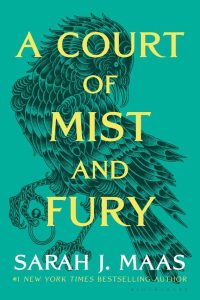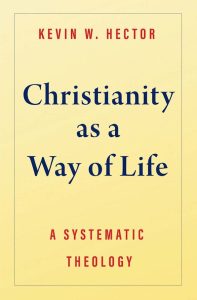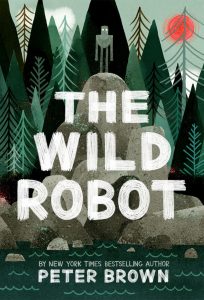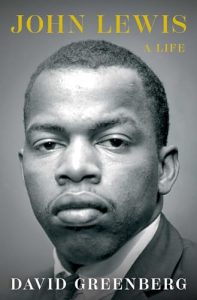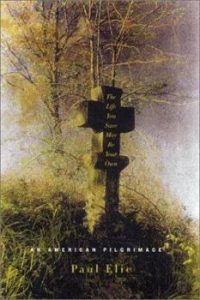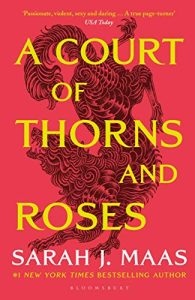 Summary: A retelling of Beauty and the Beast in a modern (spicy) romance/fantasy format.
Summary: A retelling of Beauty and the Beast in a modern (spicy) romance/fantasy format.
Recently my local school district removed A Court of Thorns and Roses and the rest of the series from all of the school libraries. I was unfamiliar with the series and so I looked it up. I saw that the first book is a loose retelling of Beauty and the Beast. I read the original short story about fifteen years ago and was very familiar with the Disney movie and the live-action remake. As I was looking up information about it I saw that the audiobook was free to me in the Audible lending library for members. So I picked it up and fairly quickly decided to just buy the Kindle edition.
There is a good discussion in the YA author community about the role and purpose of young adult and middle-grade fiction. I think KB Hoyle, cofounder of Owl’s Nest Press has done the best at discussing the changes to the category “Young Adult Literature”. There are a variety of podcasts and articles where she has done that. But I will highlight this article and this podcast about the need for a real middle grade and YA category and this post about why retellings of classics are useful. To summarize her point, with the rise of adult interest in young adult stories (Twilight, Harry Potter, Hunger Games, Divergent, etc), there has been a shift to writing coming-of-age stories for adults and it is included in the category of “young adult books.” There are a number of reasons for this, but the coming of age story is a popular format. The rise of the internet seems to have pushed interest toward simpler stories. Then these books sold well. And then there was the mega-success of Fifty Shades of Gray, a type of coming-of-age story that included sex as a central theme.
KB Hoyle started Owl’s Nest Press particularly to address the ways that middle-grade children and young adults were getting ignored in their own category of literature. I have read every one of KB Hoyle’s books, many of them more than once, so I definitely think that books written for pre-teen or teen readers can still be read by adults with great enjoyment. But that category of books, the adult-oriented coming-of-age novel which includes sex is still being written and remains popular. And it is one type of book that is being targeted for school book bans. I am not particularly in favor of school book bans, in large part because the act of banning draws attention to the books. My local library now has over 100 people in line for the ebook of A Court of Thorns and Roses and that doesn’t include the print or audiobook waits. When I looked the estimated wait time was 18 weeks.
Read more
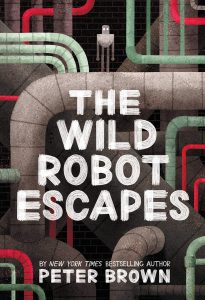 Summary: Roz becomes a farm robot and wants to find her son and make her way home to the island.
Summary: Roz becomes a farm robot and wants to find her son and make her way home to the island.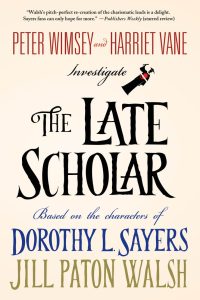 Summary: Peter discovers a new duty that his role of Duke brings. It leads him to a mystery and eventually to several deaths.
Summary: Peter discovers a new duty that his role of Duke brings. It leads him to a mystery and eventually to several deaths.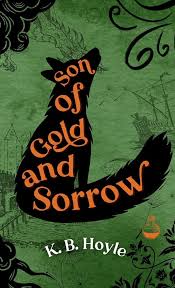 Summary: Princess Aurelia is forced to ask James for help. A curse complicates everything.
Summary: Princess Aurelia is forced to ask James for help. A curse complicates everything.